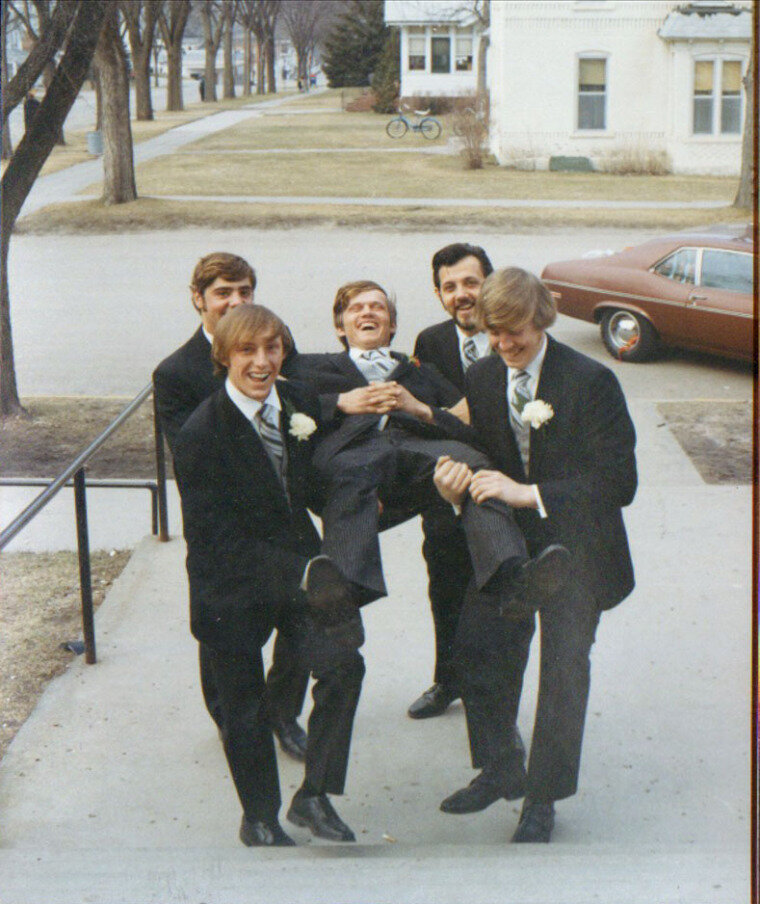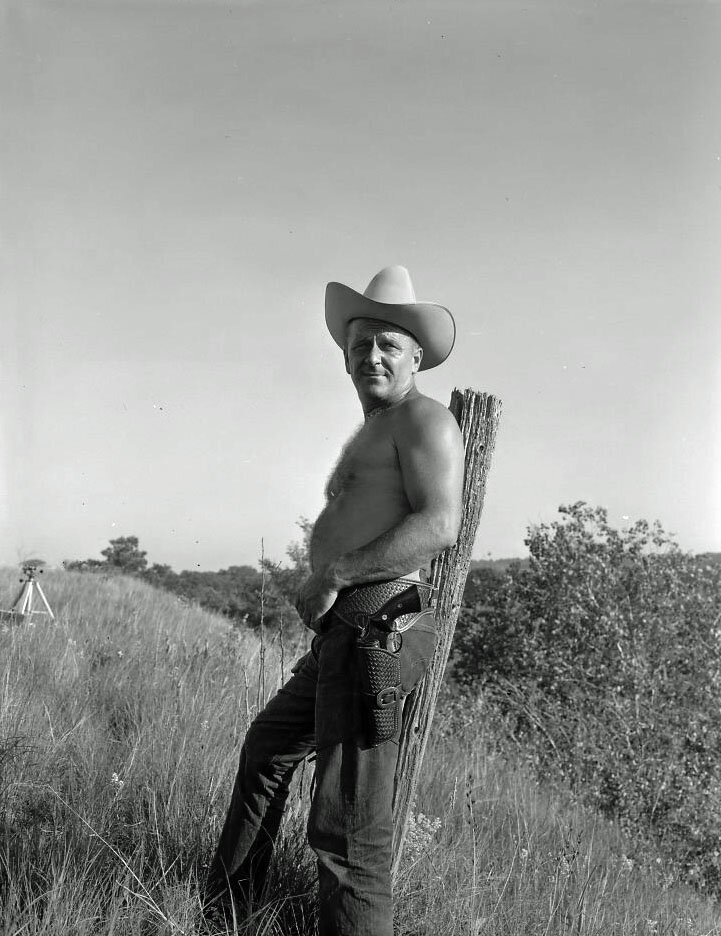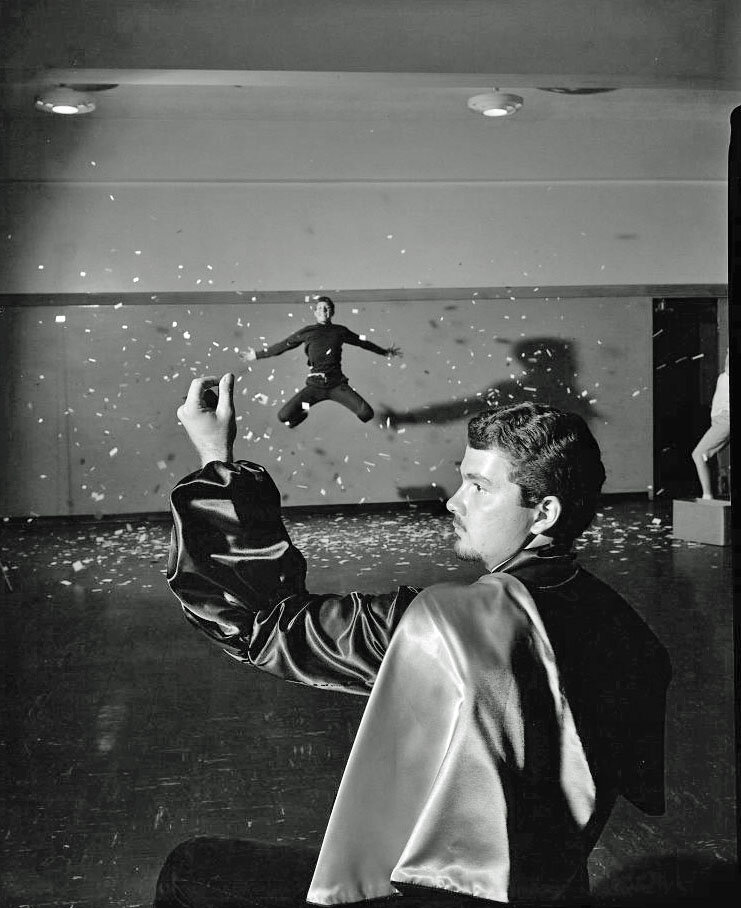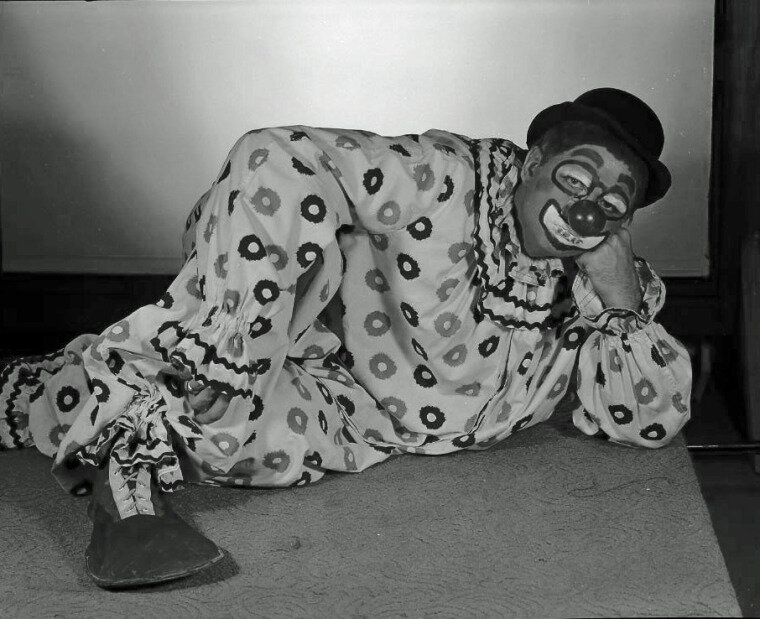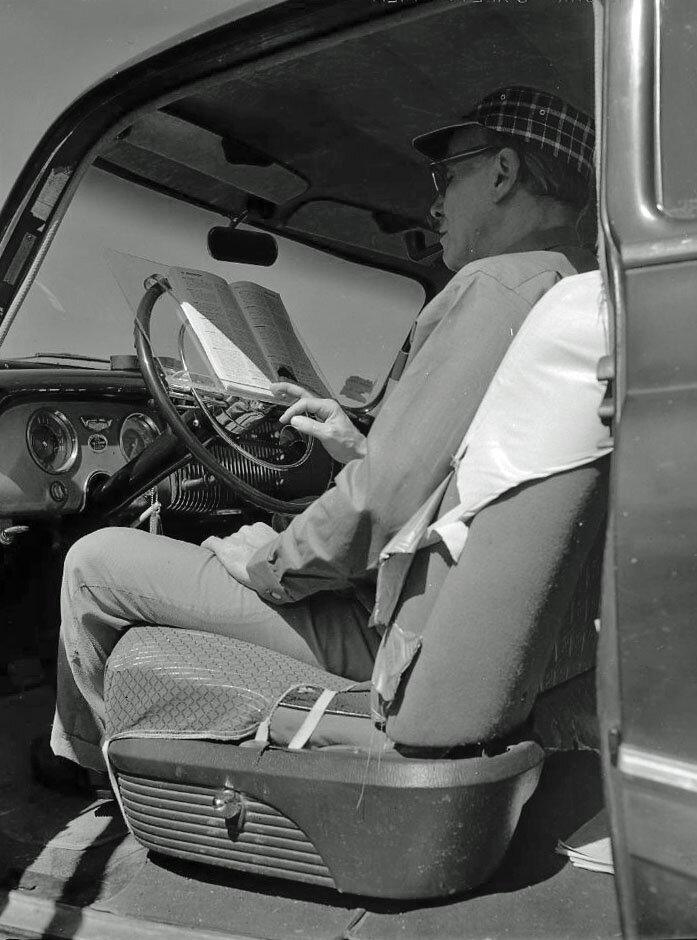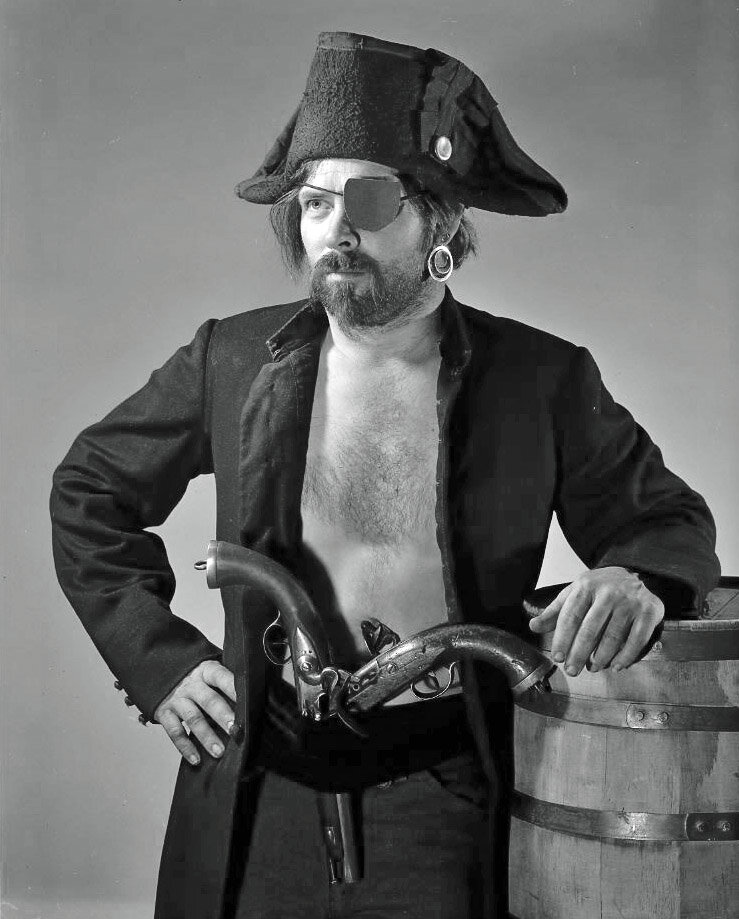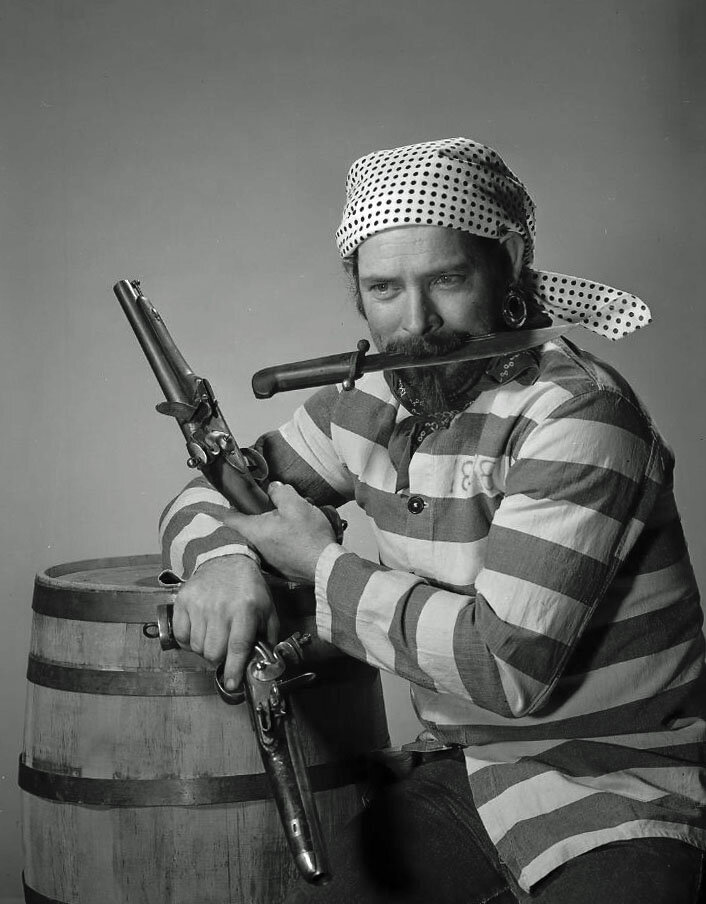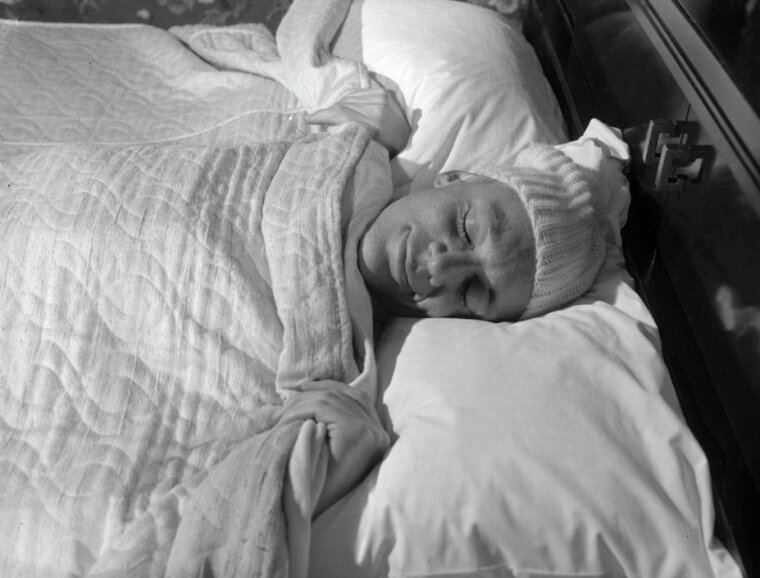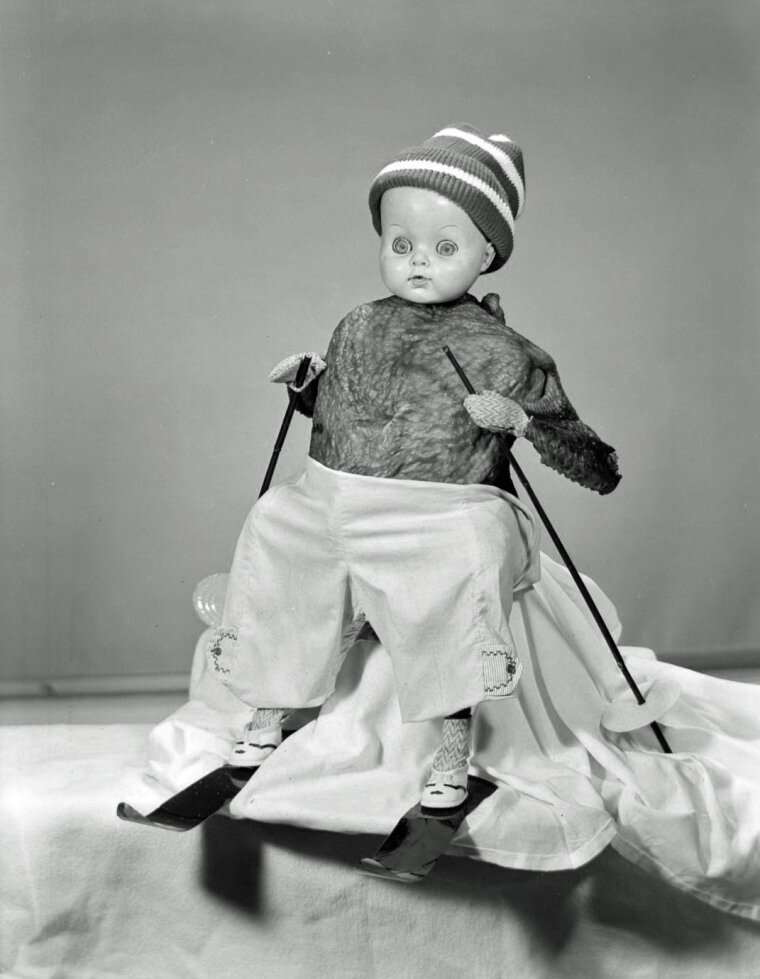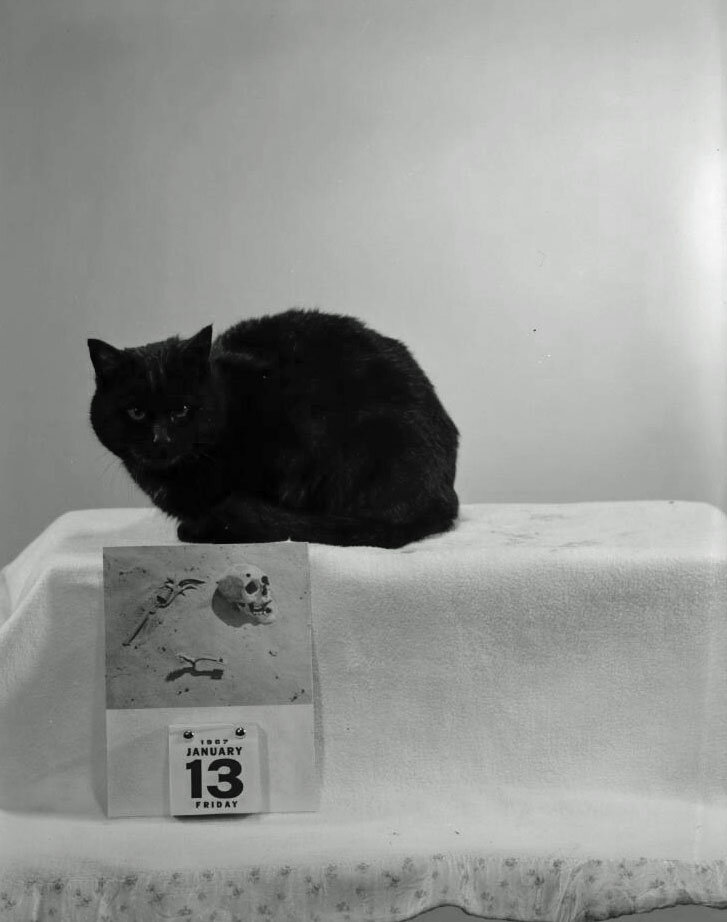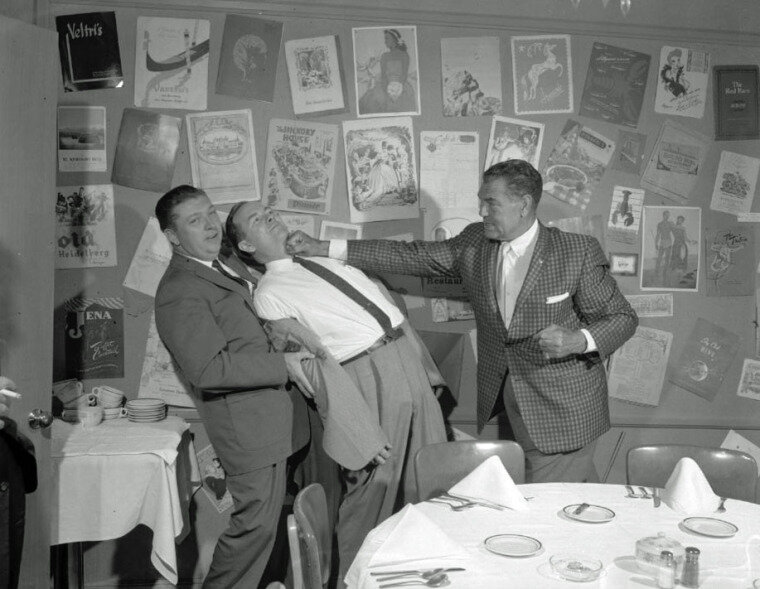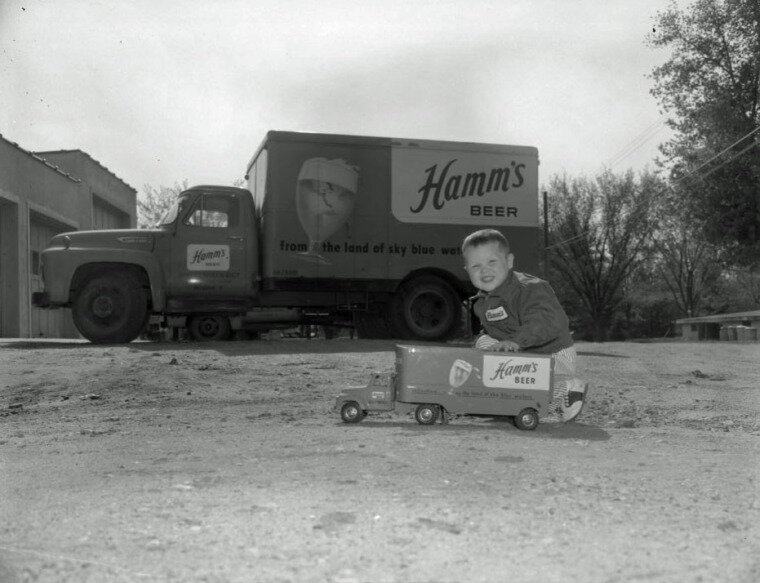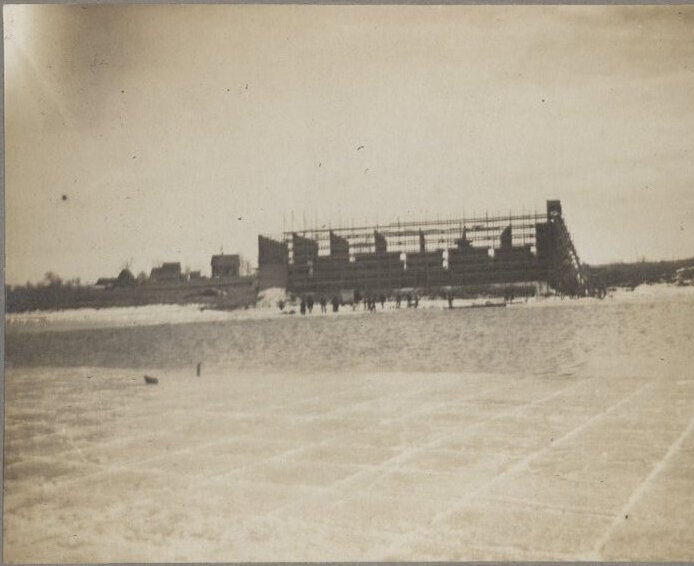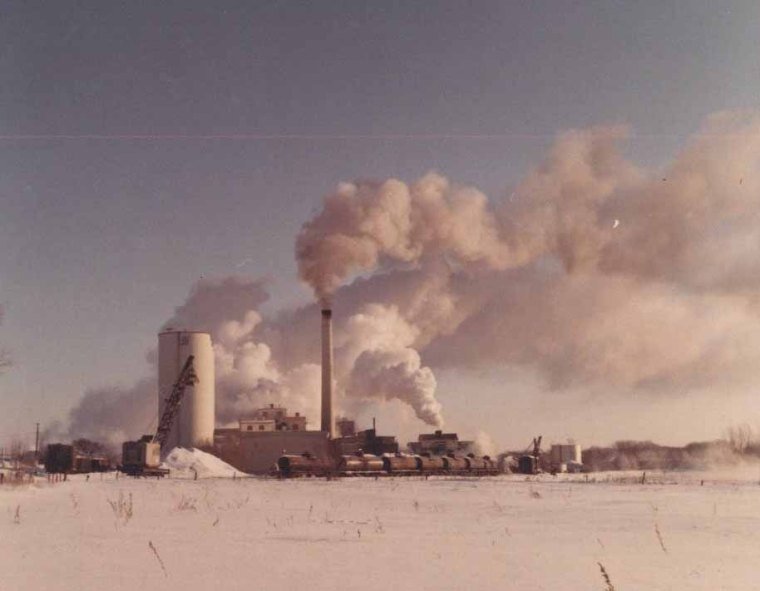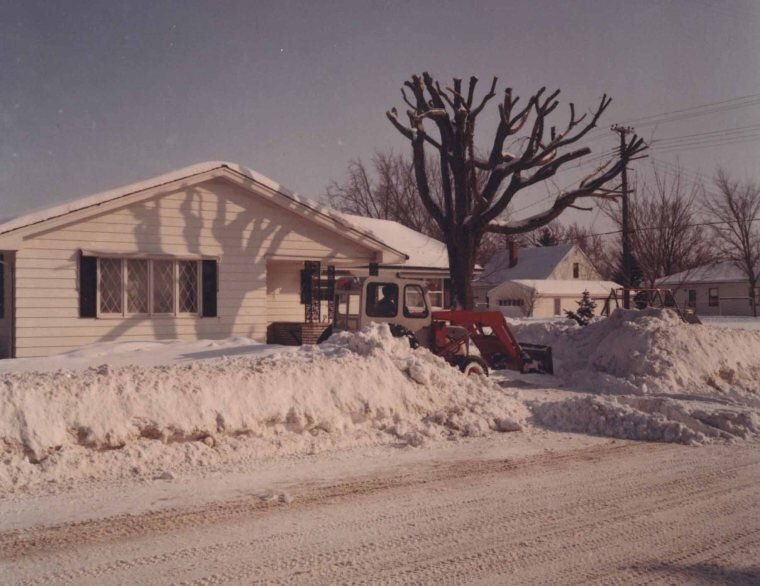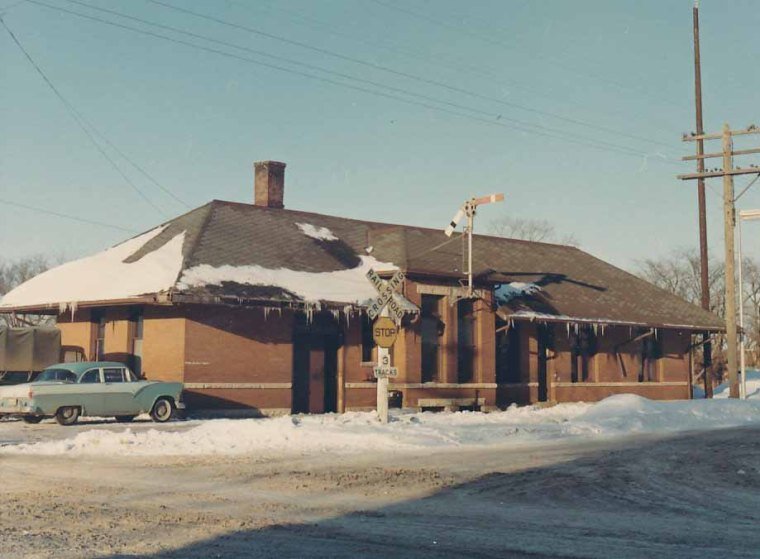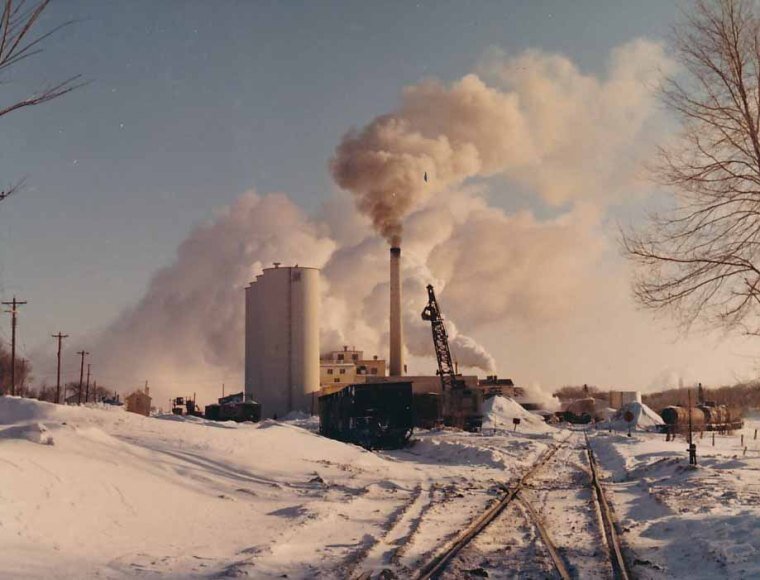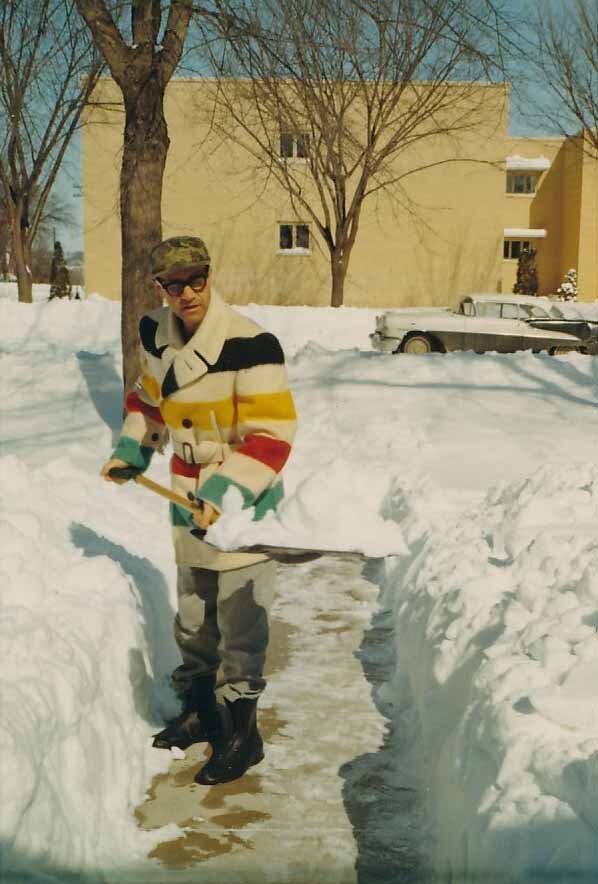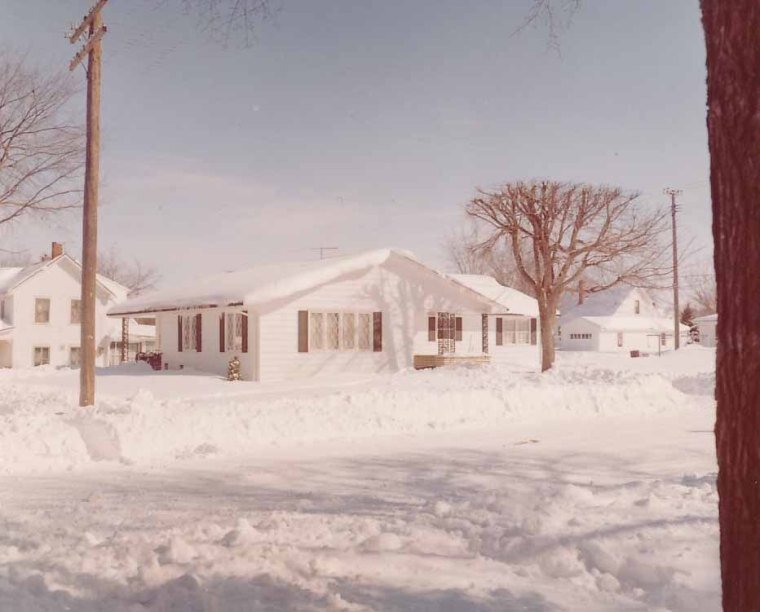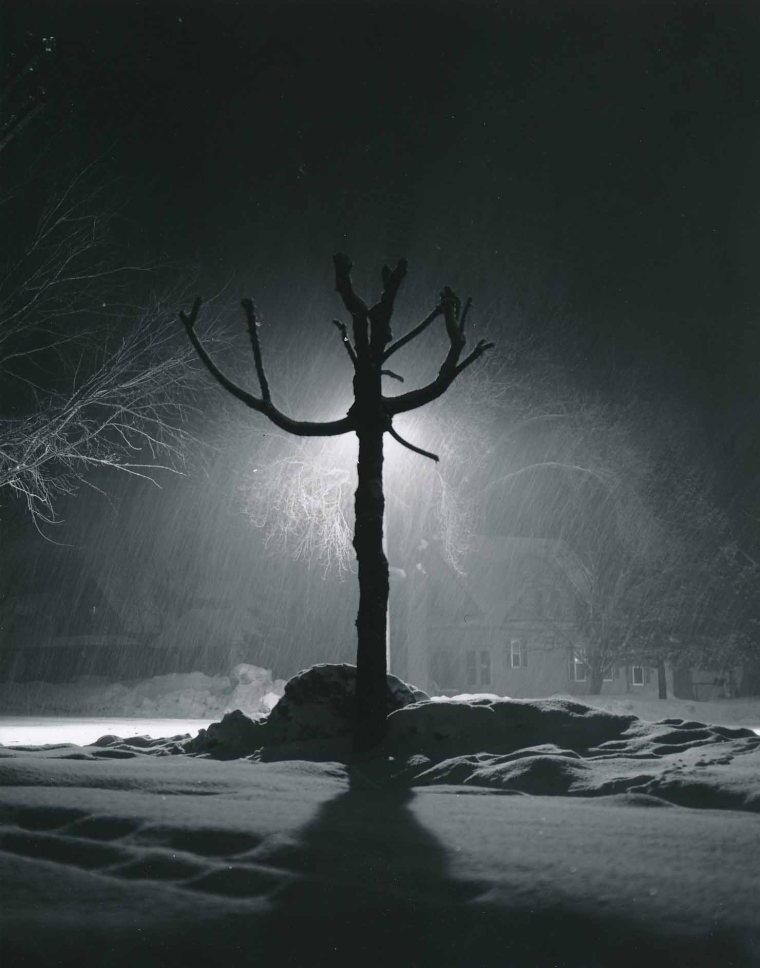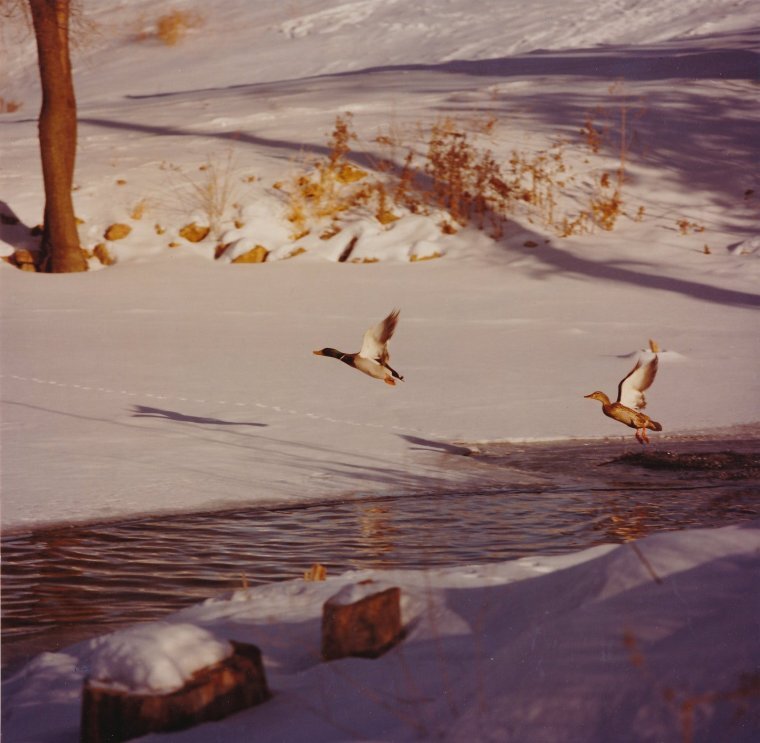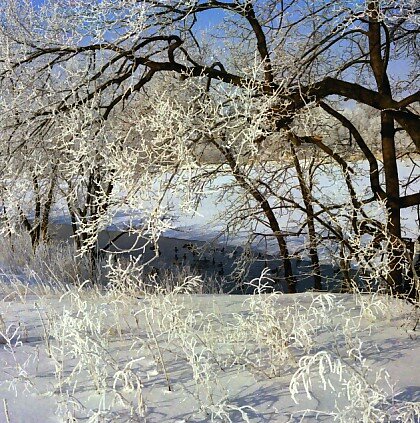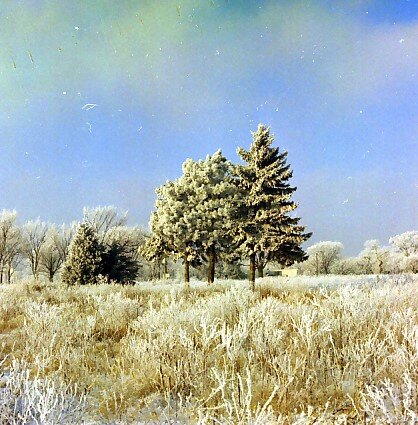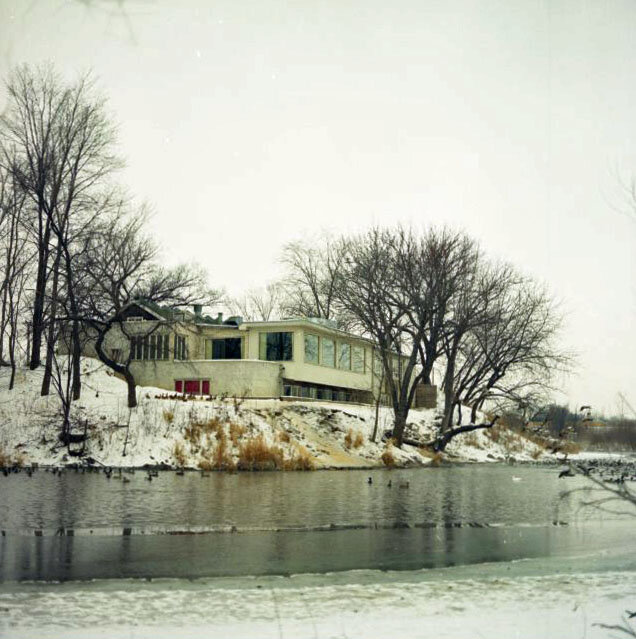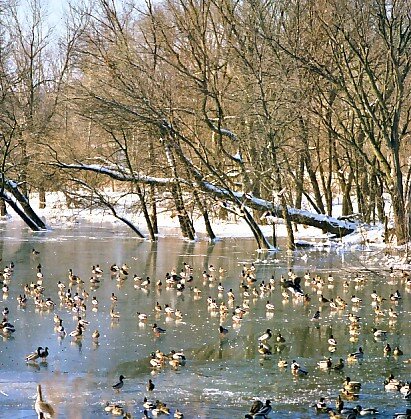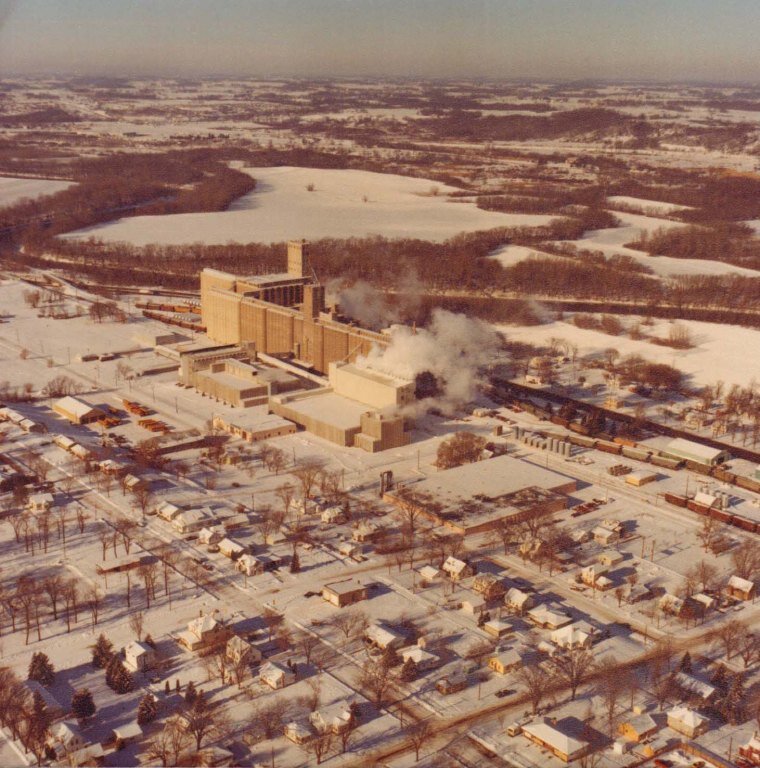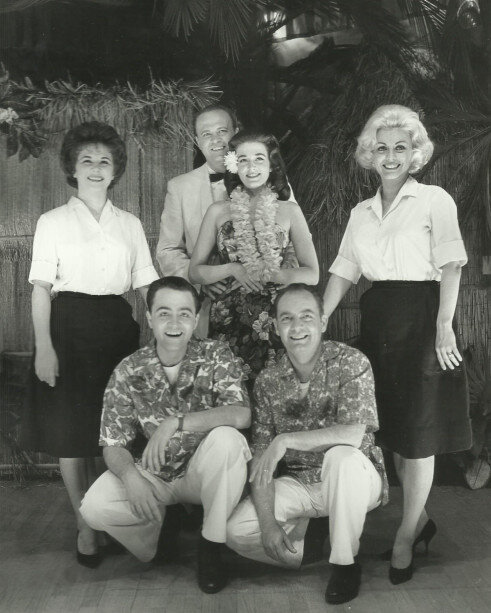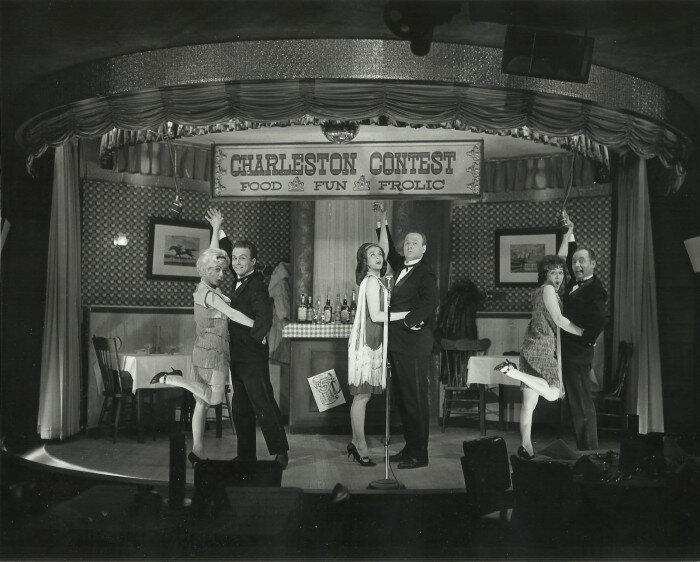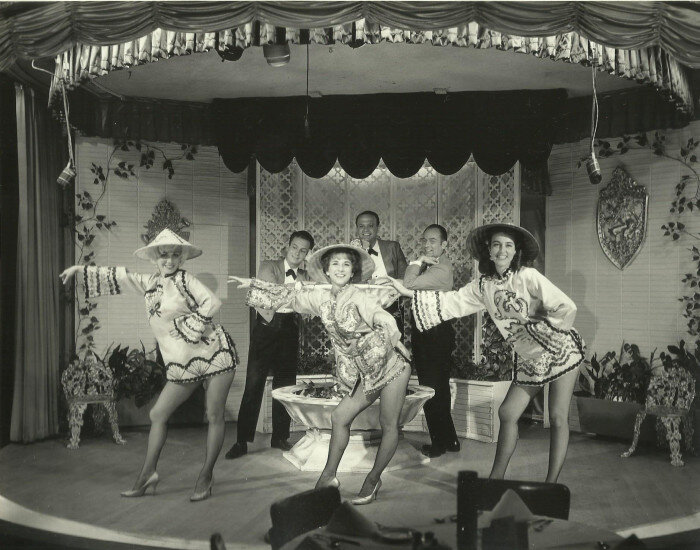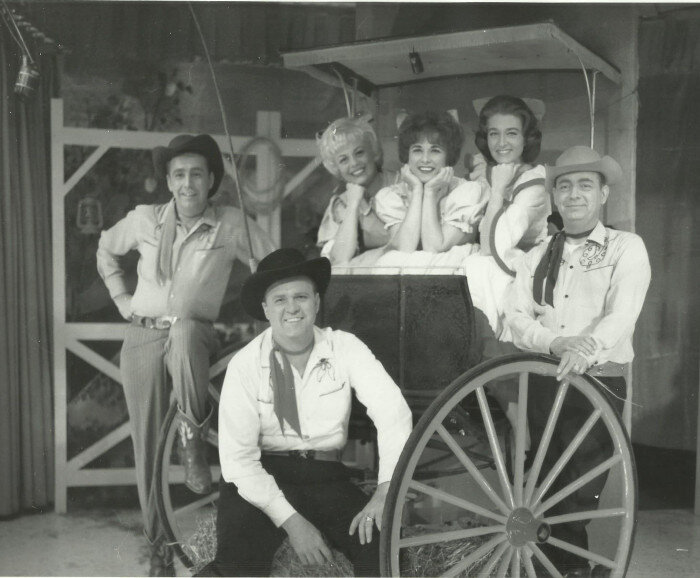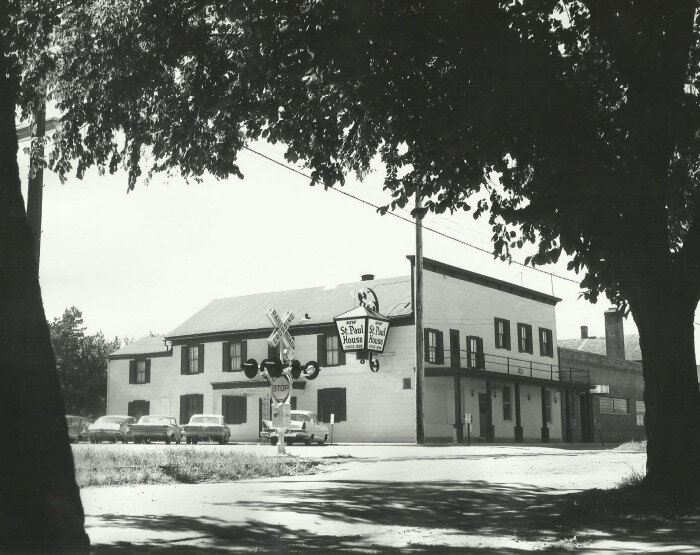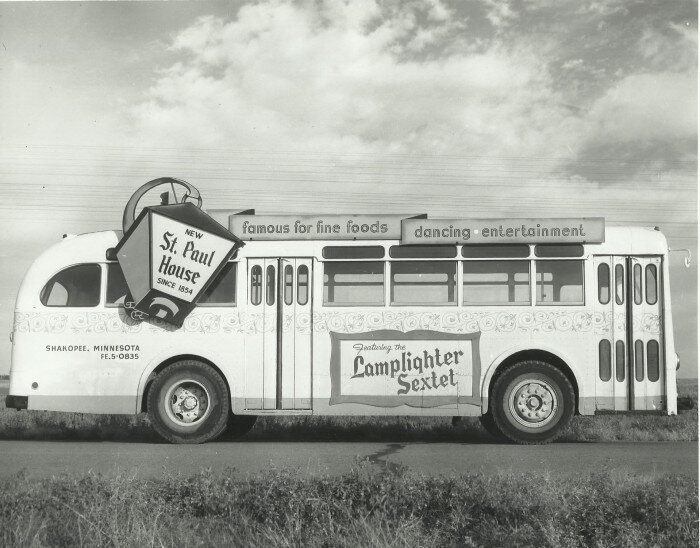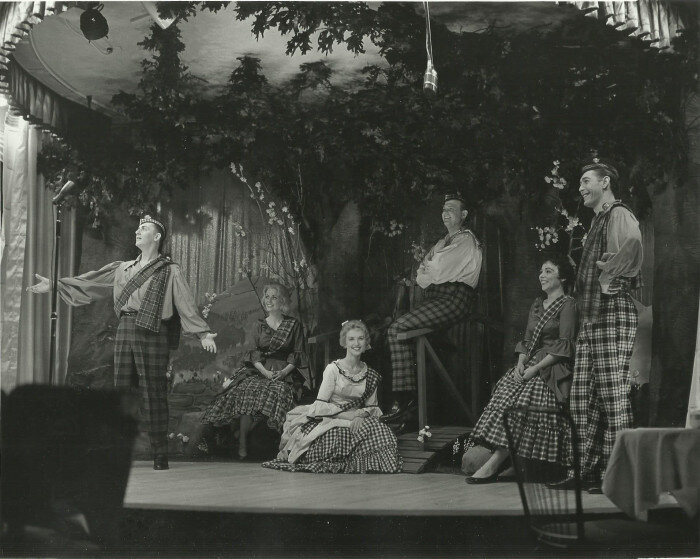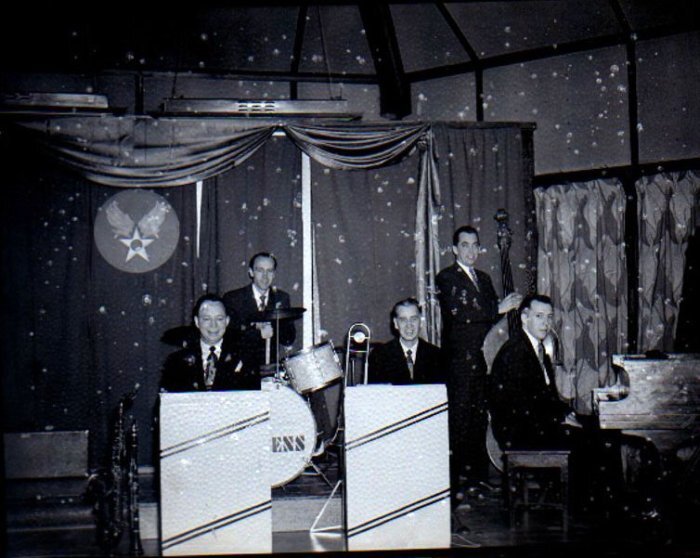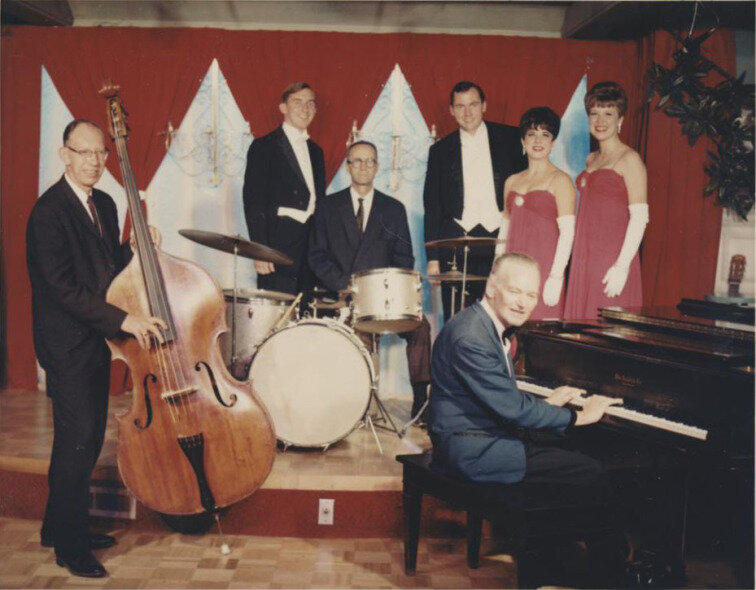As we finish inventorying our collection of LeRoy Lebens’ photographic work, a whopping 32,617 images, we thought it would be fun to share some of the most entertaining images that we’ve found through the past year. Having taken photos for most everything you could imagine: weddings, portraits, advertising, and nature, just to name a few, Lebens caught a lot of interesting and funny moments. These are only a small selection of what we have found. If you are interested in finding out more about the LeRoy Lebens collection, come by and give us a visit at the Scott County Historical Society.
Images of Football in Scott County
With the Super Bowl in Minneapolis this weekend, what better occasion could there be to share some historical photographs of football in Scott County from our collection? Pictures that begin around 1890 show an interesting progression of equipment, from padded body suits with a simple leather cap to the more recognizable shoulder pads and hard helmets with facemasks we’re familiar with today. Many of the later images were captured by LeRoy Lebens as part of his work as the official photographer for the Waniyetu Shakopee High School Yearbook, which are a part of his larger collection we are currently inventorying here at SCHS. If you’re interested in learning more about sports in Scott County or the LeRoy Lebens photo collection, come by and see us at the Scott County Historical Society!
1890- Frank Dierberger of Shakopee
1905 Rock Spring Team- George Vierling, Reno Ketterer, Ed V. Mertz, Math Klinkhammer, Joseph R. Witt, Emil Strehlow
1914 Belle Plaine Minnesota Valley Champion Team- Lorenz Woods, Bill Crahan, Emmett O’Neill, James McDevitt, Martin Donovan, George Brown, Mike Pendy, Tom Sheehan, Leo Pendy, Herman Beutow, Bob White and John Weibeler
1922- Leo Hartmann of Shakopee High School
1922 Shakopee High School Team
1936 Shakopee High School Team
1939 Shakopee High School Team
1939 Shakopee High School Team
1942 Shakopee High School Program
1955 Shakopee High School
1958 Shakopee High School
1958 Shakopee High School
Shakopee “Small Fry” League 1955-1960
Shakopee “Small Fry” League 1955-1960
Harvesting Ice
Back in the days before refrigerators and freezers, harvesting ice was a major wintertime business in Scott County. In the month of January when the ice was “ripe,” men would go to work cutting blocks of it out of local lakes and the Minnesota River.
In the book As I Remember Scott County, Frances Brandl of Belle Plaine, whose brothers ran an ice harvesting business, details this process:
Cutting ice was a very hard, heavy job. First of all it was cold, very cold, during the month of January. At times it was also wet, should one slip and fall into the lake, which happened.
The ice was sawed with a long heavy saw with a wooden handle on one end. The ice blocks were sawed 18×36 inches. The depth varied with the winter. Blocks had to be sawed very straight on all sides or they would not pack tight in the ice houses. The ice was covered and packed tight with saw dust.
Farmers loaded ice onto horse-drawn sleds and hauled it back to their farms, while icemen went door-to-door in town selling blocks to families for their iceboxes. Harvested ice was also used by grocery stores, saloons, creameries, meat packers, and breweries. In fact, all of the breweries that existed in Scott County prior to Prohibition were located along the Minnesota River or another stream or creek to allow for easy access to ice, and the breweries all had ice storage facilities as well.
Ice harvested in the winter months was used throughout the spring and summer – the sawdust or straw it was packed in kept it from melting. In addition to preserving food, this ice made possible a favorite summertime treat: ice cream.
Below are photos from the SCHS’s collection of a 1905 ice harvest on the Minnesota River. These photos depict a complex operation that involved cutting blocks of ice by hand and then using a wooden pulley system and conveyor belt to move the ice.
Ice harvesting on the Minnesota River at Shakopee. In the background you can see a wooden pulley system and conveyor belt used for moving blocks of ice. 1905. From the SCHS Collections
Workmen cutting ice on the Minnesota River at Shakopee. They are standing on a wooden boardwalk placed over the frozen river. 1905. From the SCHS Collections.
Close-up of the wooden pulley system and conveyor belt used to move blocks of ice. 1905. From the SCHS Collections
Another view of the pulley system and conveyor belt. The ice visible in the foreground of the photo appears to have been scored. 1905. From the SCHS Collections
The front side of the wooden pulley system and conveyor belt. The wooden pulley system is constructed along the shore of the river. The front side shows areas divided by vertically placed pieces of wood. Blocks of ice available for purchase are stacked within each stall. The image is looking down into one stall, which contains blocks of ice, five workers and a wooden conveyor belt. 1905. From the SCHS Collections
Men standing on the narrow wooden boardwalk cutting blocks of ice by hand. 1905. From the SCHS Collections.
Snowy Scenes of Scott County: Winter Images from the LeRoy Lebens Collection
As a man who seemed to always have a camera on hand, LeRoy Lebens managed to catch great photos of life in Scott County, even in the cold depths of Minnesota winters. As we continue an inventorying of his collection here at the Scott County Historical Society, a number of his photos have stood out, showing the beauty and life of Scott County in winter. Despite our current frigid temperatures, I feel that these photos are a great way to celebrate winter. If you’re interested in finding out more about the Lebens Collection, please come visit us at the Scott County Historical Society.
The Lamplighter Sextet and the LeRoy Lebens Trio: Music at the St Paul House and the Shakopee House
During his lifetime in Shakopee, LeRoy Lebens spent a lot of time at the St. Paul House and its successor the Shakopee House participating in two of his great passions, music and photography, and the Scott County Historical Society is grateful to be able to house many of his photographs which document this period. From 1854 until its destruction in a fire in 1965, the St Paul House, located on the corner of Lewis Street and Second Ave, was known as one of the best places in the city to enjoy dinner and music. It attracted people from all over the Twin Cities, particularly on Friday and Saturday nights. Hosting music and entertainment six nights a week, the St Paul House brought a wide array of entertainment to Shakopee. Some of the most popular performances, which occurred on a regular basis, involved a group called the St. Paul House Sextet, also known as the “Lamplighters.” The original group was composed of Bruce Neilson, Ronelle Sinjem, Russ Miller, Bill Lutz, Ann Thorgrimson, and Jane Sorber. Together this group would perform shortened versions of hit Broadway shows and other musical skits. Being that LeRoy often performed at the St Paul House with his own band, the LeRoy Lebens Trio, he captured quite a few of their shows, as well as took promotional photography for them. Here are just a few of the photos he took of the Lamplighters, the LeRoy Lebens Trio, and some of the other acts to grace the stages at the St Paul House and the Shakopee House. If you’re interested in learning more about the Lebens Photograph Collection, the St Paul House, or Scott County in general, come by and visit us at the Scott County Historical Society!



